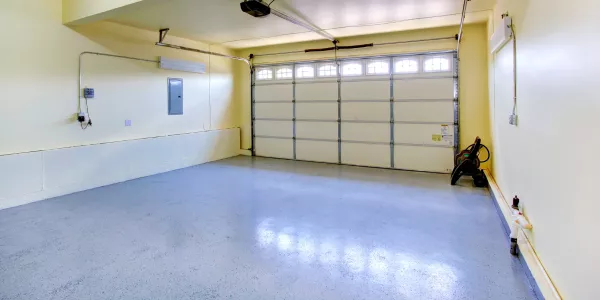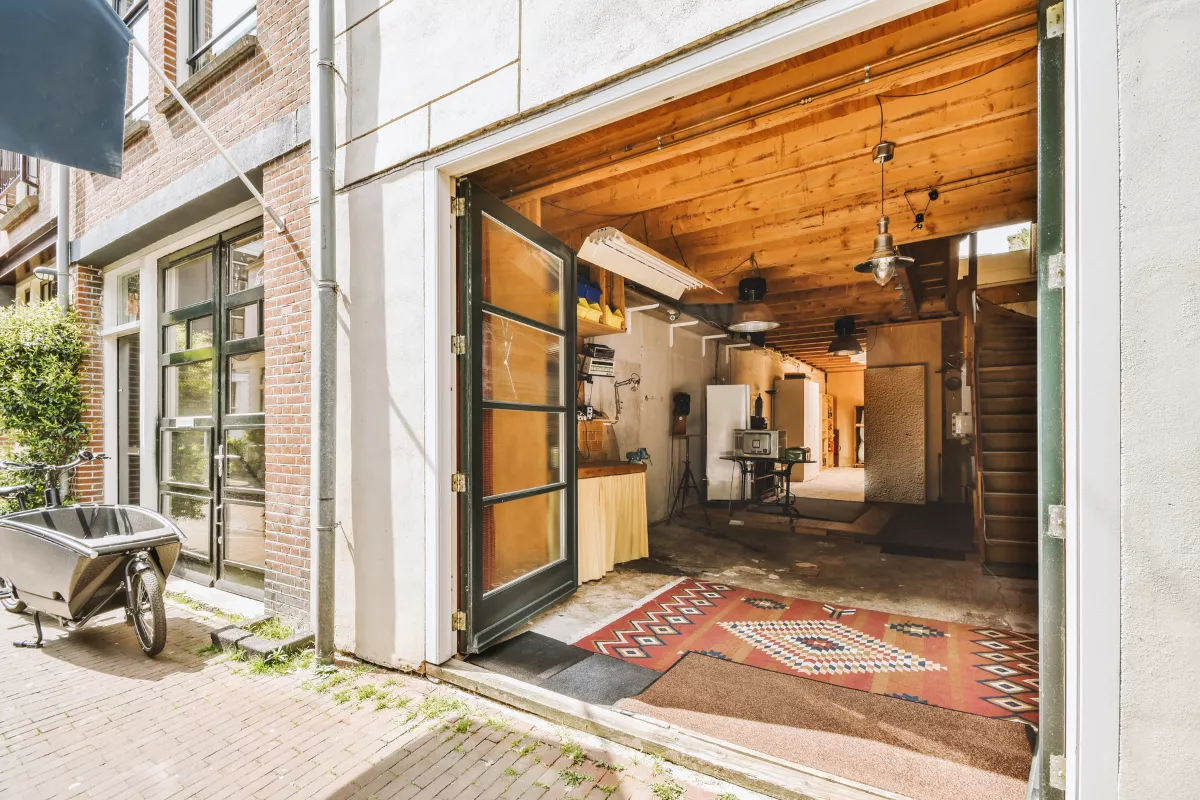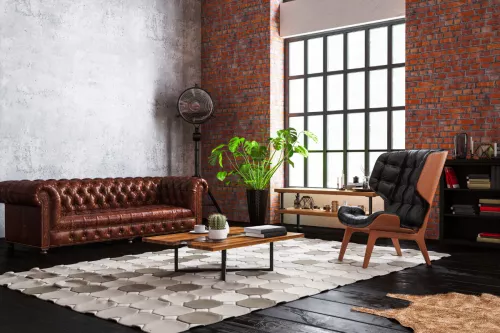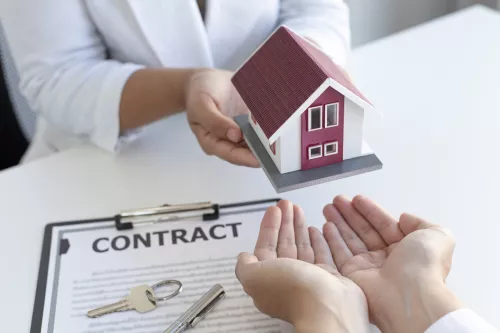If you desire to create another room in your house, but without building one, a garage living might be the answer. Garage living refers to the concept of converting a garage, traditionally used for storing vehicles and tools, into a functional living space.
This transformation can range from simple modifications that make the garage more comfortable for use as a workspace or hobby area, to extensive renovations that turn it into a fully equipped living area, complete with amenities found in other parts of a home.
What is a Garage with Living Quarters Called?
A garage with living quarters is often referred to as a "garage apartment" or "carriage house". These spaces combine the utility of a garage with the comforts of a home, offering a distinct living area that can be used for various purposes, such as a guest house, rental unit, or a personal retreat. The design can range from simple loft-style spaces above the garage to elaborate, fully-equipped apartments.
What are some common uses for a garage apartment?
Constructing a garage apartment on your property is an excellent strategy for increasing your living space. These garage apartment designs add extra square footage to your home or property, offering limitless possibilities for use. Some of them are:
Rental Property
Many homeowners rent out garage apartments for additional income. These units are particularly attractive in urban areas or near college campuses where housing demand is high. By renting out the space to a long-term, a short-term tenant, or even as an Airbnb you have the potential to earn a consistent income all year round.
However, it's essential to consult with your local building authorities first to verify the legality of such arrangements in your area.
Living Space for Family Members
They can serve as a living space for adult, children, elderly parents, or other relatives, offering them independence while keeping them close. Think about your kid, who just finished college and now needs to stabilize his life. You can rent it out to him/her for a good price while he/she starts to build their life.
Home Office
With the rise of remote work, a garage apartment can be an ideal home office, offering a separate workspace away from the main living area. Having an independent space enables you to create a dedicated work area (similar to the innovative house plan mentioned earlier) free from interruptions. It also offers a beneficial location for conducting professional meetings.
Choosing the Best Garage Floor Coating
When choosing a coating for your garage floor, it's important to consider the typical sizes of 1-car and 2-car garages, as coating kits are usually sold according to garage size. Measure your garage to ensure you purchase enough material.
The average size of a 1-car garage is approximately 240 square feet, while a 2-car garage is about 420 square feet. Regardless of the type of garage floor coating you select, it's crucial to prepare your concrete surface properly before application. Enhanced adhesion is achieved when the floor is pre-treated with an etching solution. Additionally, many experts suggest using a high-quality concrete primer for optimal results.
When it comes to garage floors, durability and maintenance are key. The best garage floor coatings typically include:
Epoxy Coatings
Known for their durability, epoxy coatings resist stains and are easy to clean. They can be slippery when wet, so additives are often used to provide traction. Contrary to many budget-friendly garage floor protection options that offer only a superficial surface bond, polyaspartic coatings achieve deeper penetration into the concrete.
This results in a more robust foundational connection with the concrete, enhancing its resistance to water, chemicals, and various other factors that might lead to floor deterioration.
Polyurethane Coatings
These are similar to epoxy but more flexible, making them more resistant to chemicals and abrasions. They also offer UV protection to prevent fading. Polyurethane coatings are known for their exceptional durability.
They are resistant to scratches, abrasions, and various forms of wear and tear that are common in garage environments. This makes them an ideal choice for garages that are used regularly for parking vehicles or as workshops.
Polyaspartic Coatings
A newer option, polyaspartic coatings cure quickly, are UV stable, and are resistant to stains and abrasions. They are more expensive but offer long-lasting results. Unlike traditional coatings, polyaspartic can be applied in a wide range of temperatures, making it versatile for different climates. Its rapid curing time allows for quicker installation and less downtime.
These coatings are renowned for their resistance to stains, abrasions, chemicals, and impacts, ensuring a long-lasting and resilient floor surface ideal for the heavy-duty use typical in garage environments.
The choice depends on personal preferences, budget, and the specific needs of your garage space.
Warranty on Garage Living Floors

The warranty on garage living floors varies depending on the manufacturer and the type of coating used. Generally, warranties can range from one year to lifetime coverage. It's important to read the warranty details carefully, as they cover different aspects like material defects, installation errors, and wear-and-tear limits.
People also ask
Can I convert my garage into a living space without a permit?
Typically, converting a garage into a living space requires a permit. Most local building codes have specific regulations governing such conversions, ensuring that the transformed space meets safety, zoning, and building standards. It's crucial to check with your local building authority or planning department to understand the requirements and obtain the necessary permits before starting any conversion work.
What are the typical costs involved in converting a garage into a living area?
On average, transforming a garage into a living area costs about $16,000, though this can vary, ranging from $5,986 to $26,767. Costs can vary widely based on the extent of the renovation, quality of materials, and local labor rates. Basic conversions might start from a few thousand dollars, while more elaborate transformations can cost tens of thousands.

 Marcio Vasconcelos
Marcio Vasconcelos





